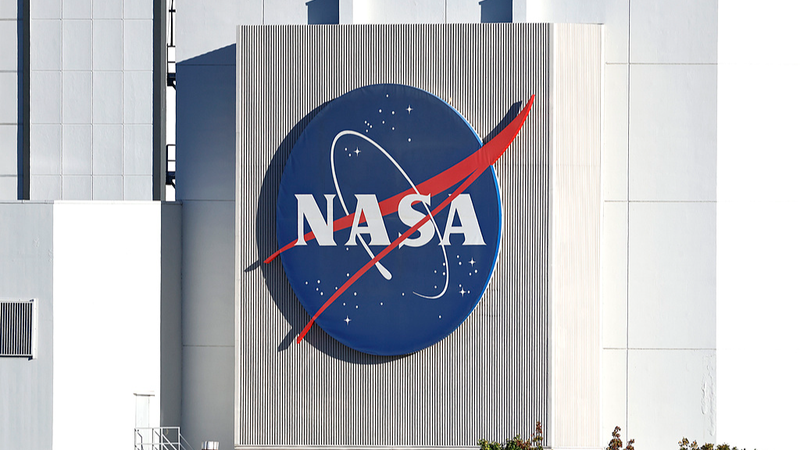Hey space enthusiasts! 🚀 The James Webb Space Telescope (JWST) has done it again, revealing some mind-blowing insights about our universe’s early days. 🪐✨
Scientists have discovered that planet-forming disks—those cosmic nurseries where planets are born—actually hung around much longer in the early universe than we thought! This means that the building blocks for planets like Earth were available for extended periods, possibly leading to more diverse planetary systems out there. 🌍🌌
Imagine galaxies far, far away, bustling with young stars surrounded by these rich disks of gas and dust, cooking up new planets over millions of years. It’s like the universe’s very own version of a long-running reality show, “Planet Formation: Early Universe Edition”! 😄
So why is this a big deal? Well, understanding how long these disks last helps astronomers figure out how planets form and evolve. It could even shed light on the possibility of life beyond our solar system. 👽🔭
The JWST’s advanced infrared capabilities allow it to peer back in time, giving us a glimpse into these ancient processes. Talk about a time machine! ⏳ This is super exciting for all of us who wonder about our place in the cosmos. 🌠
Stay tuned for more cosmic discoveries as JWST continues to unlock the secrets of the universe! 🛰️✨
Reference(s):
Webb finds planet-forming disks lived longer in early universe
cgtn.com



